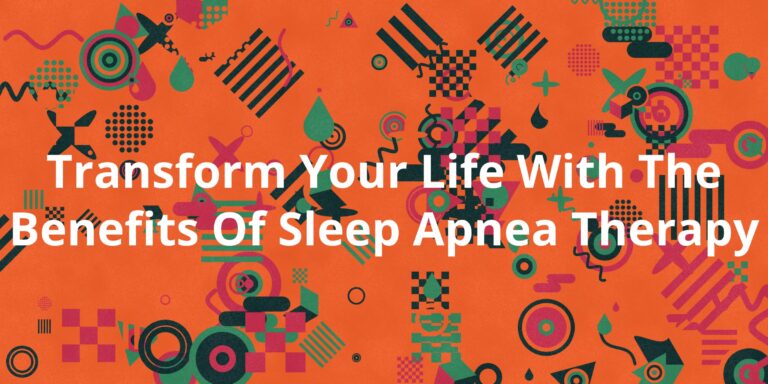Sleep apnea is a common sleep disorder that affects millions of people worldwide. It occurs when the airways become narrow or obstructed during sleep, causing breathing difficulties and potentially dangerous health problems. Despite its prevalence, many people with sleep apnea remain undiagnosed and untreated, putting themselves at risk for a range of serious conditions. In this article, we will explore the hidden dangers of untreated sleep disorders and the importance of seeking treatment for sleep apnea.
What is Sleep Apnea?
Sleep apnea is a condition in which the airways become narrow or obstructed during sleep, causing breathing difficulties and potentially dangerous health problems. There are three main types of sleep apnea: obstructive sleep apnea, central sleep apnea, and mixed sleep apnea. Obstructive sleep apnea is the most common type and can be caused by a variety of factors, including excess weight, age, and certain medical conditions.
Symptoms of Sleep Apnea
The symptoms of sleep apnea can vary depending on the type of sleep apnea and the severity of the condition. Some common symptoms include:
* Loud snoring or gasping for breath during sleep
* Excessive daytime sleepiness or fatigue
* Difficulty concentrating or remembering things
* Mood changes, such as irritability or depression
* Headaches in the morning
* High blood pressure
* Diabetes
* Stroke
Hidden Dangers of Untreated Sleep Apnea
Despite the common symptoms of sleep apnea, many people remain undiagnosed and untreated. This can lead to a range of serious health problems, including:
* Increased risk of heart disease and stroke
* High blood pressure
* Diabetes
* Respiratory problems, such as chronic obstructive pulmonary disease (COPD)
* Mental health disorders, such as depression and anxiety
Treatment for Sleep Apnea
Fortunately, there are a variety of treatments available for sleep apnea. The most common treatment is continuous positive airway pressure (CPAP), which involves wearing a mask that delivers pressurized air through the nose or mouth to keep the airways open during sleep. Other treatments include weight loss, positional therapy, and oral appliances.
In some cases, surgery may be recommended to remove excess tissue from the throat or adjust the shape of the jawbone to improve airway function.
Conclusion
Sleep apnea is a common and potentially dangerous sleep disorder that can have serious health consequences if left untreated. It is important to seek treatment for sleep apnea to reduce the risk of heart disease, stroke, diabetes, and other serious conditions. With proper diagnosis and treatment, people with sleep apnea can improve their quality of life and overall health.



